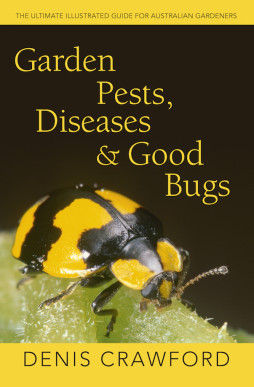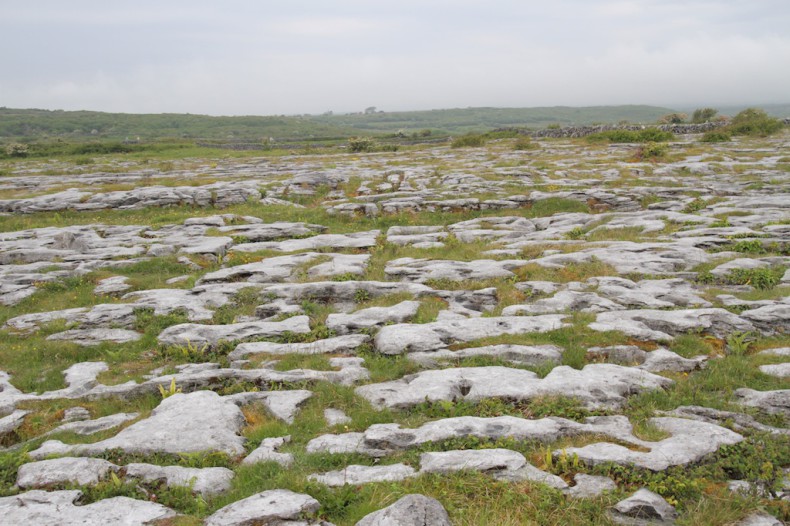 The ultimate illustrated guide for Australian Gardeners
The ultimate illustrated guide for Australian Gardeners
For me, the best part of this book are the photographs. For someone who wanders around gardens, closely inspecting the insects and other micro fauna, as well as the plants, it is wonderful to have a book that I can turn to in an attempt to identify what I am looking at. The text is excellent too, with careful and clear explanations to aid identification, explain life cycles and suggest controls.The three main sections cover Beneficial organisms, Pests, and Diseases, disorders and deficiencies.
There’s also tables near the beginning that list common pests and diseases by plant group. So if something weird is happening to your tomatoes, under Solanaceous plants you’ll find all the pests and diseases that affect this family. Its a bit disheartening that there 45 altogether for just this one group! But it does help to narrow it down and point you to the page and picture to help you work out what it might be. Highly recommended for anyone who loves to garden and wants to understand the other creatures that live in their garden. Denis Crawford has 35 years of experience with this subject and his expertise shines through in the book.
If you want a copy then pick it up at your local independent bookshop, or borrow it from your library.
by Denis Crawford
PB 464pages, ABC Books, HarperCollins Publishers, ISBN 9780733331886 $39.95

